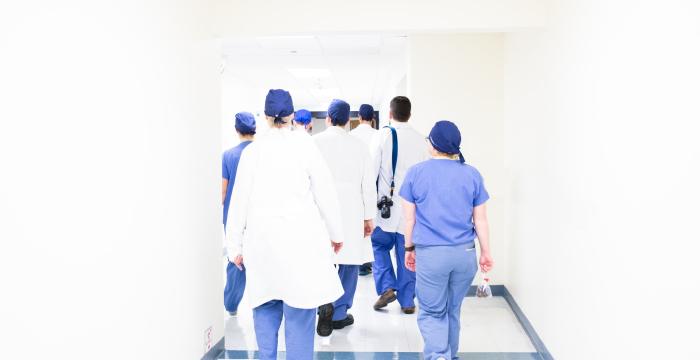Welcome to the TRANSLATE trial website!
Full study title: A randomised controlled trial comparing TRANSrectal biopsy versus Local Anaethetic Transperineal biopsy in Evaluation (TRANSLATE) of men with potential clinically significant prostate cancer.
PURPOSE OF THE TRIAL
For men who are referred to the hospital for further tests by their GP either because they have had a high PSA level (a prostate specific chemical found in the blood) or an abnormal examination of their back passage (known as a DRE). Two such tests hospital doctors and nurses often suggest for those coming to hospital to have to see if a person has prostate cancer is a MRI scan and a prostate biopsy. The MRI scan allows detailed images of the prostate gland to be obtained, which may or may not show any possible masses (as some don’t show up on a MRI) within the prostate gland. A prostate biopsy is when multiple tiny samples are taken of the prostate tissue in order to identify is any masses seen are prostate cancer or not.
A biopsy may be offered regardless of the MRI result (as not all prostate cancer is visible on a MRI scan), however if an abnormal area is seen on the MRI scan then the biopsy is targeted – that is doctors will specifically take samples from the mass seen on the scan.
The way in which specialists take biopsies for possible prostate cancer varies across the country; however, no clear evidence exists as to which method is best – both in terms of detecting the cancer, and in terms of the occurrence of serious infection and other common side-effects of the biopsy process.
The TRANSLATE study has been funded by the National Institute for Health Research to completely answer the question of which biopsy method is best, both in terms of the detection of prostate cancer, infection rates and any other complications, and quality of life after the biopsies have been taken. Those who agree to take part would be receive one of the two types of biopsies routinely undertaken in the NHS today.









